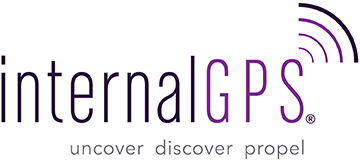In my prior corporate business roles I did a lot of negotiating. Both formal business negotiations with a contract for products and services and less formal negotiations of issues with peers, bosses and teams. In reality, a lot of what we all do comes down to negotiating well! We negotiate to decide what movie to watch or where to go to dinner.
One of the most impactful skills for negotiating win/win agreements is to listen for understanding first, before you state your position. To do this well, it is much more than a response of, “I understand.” Here is an example:
Bob: “Why can’t we get to an agreement on planning for this family reunion? It is simple enough, I just want you to figure out the date and place and then I’ll help you communicate it out to the whole family.”
Sally, with tension and stress in her voice: “Well it is really not that simple at all, the date has to take into account Aunt Judy’s health issues along with Uncle Jim’s recent job change and then there are all of our kids and the cousin’s school and job constraints that impact the timing…Not to mention the place will cause an uproar if it is planned to far west for the eastern relatives or if it is too far east for the western relatives. How can you even think that this is a simple thing to do?”
Bob: “Oh, I did not realize all of the challenges involved. It makes sense that you are stressed just thinking about all of the responses you will get from each of our relatives. You’re seeing all the different obstacles that may come up and anticipating more of their arguments. You are seeing this decision as very complicated and stressful. Am I describing this right?”
Bob’s response is in an empathetic and neutral tone; it is not sarcastic nor condescending ( if it was then he’s become even more distant from reaching an agreement). If he had just said, “I understand,” then do you think Sally would believe him? The key is to absolutely convince the other person that you understand where they are coming from. And you are not saying you agree with them. In this example I would coach Bob to continue to go back to Sally with replies that confirm he understands until it is clear that she fully believes that he understands how she is feeling and her challenges. If he starts to make a new argument for his position before this is done then he risks continuing to be stuck in a large gap of disagreement versus negotiating a win/win solution and thriving. Over the years, the best sales people I worked with did this very well. Once I felt heard and understood, then I was much more willing to hear their side of the issue so that we could work together to find a solution that worked for both sides.
“It has been said that the cheapest concession you can make to the other side is to let them know that they have been heard.” – Fisher and Ury in their book, “Getting To Yes, Negotiating Agreement With Out Giving In.”
How can you use this information to thrive more and get to yes more often?
photo credit via Flickr creative commons: Dan Goorvitch

